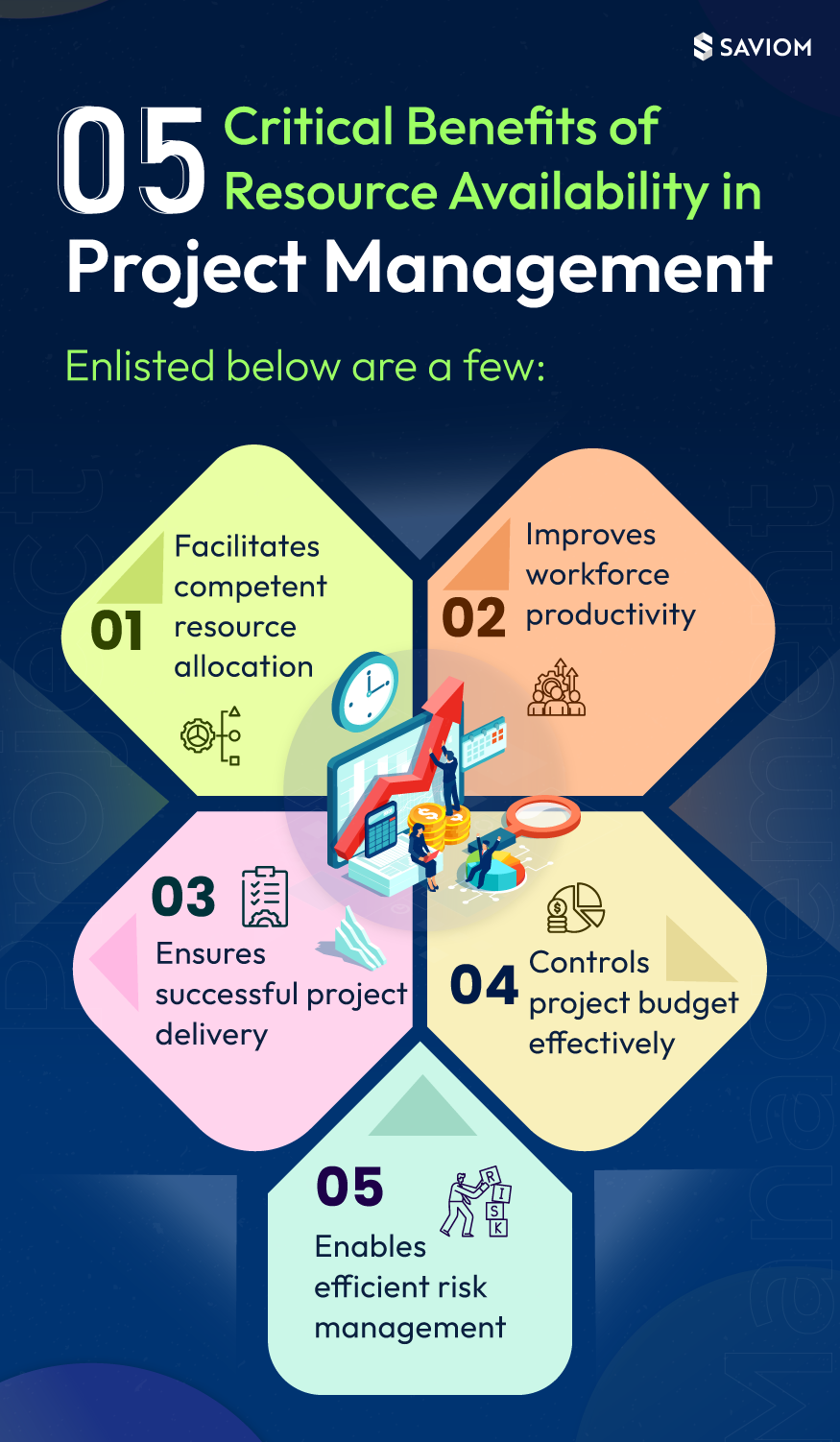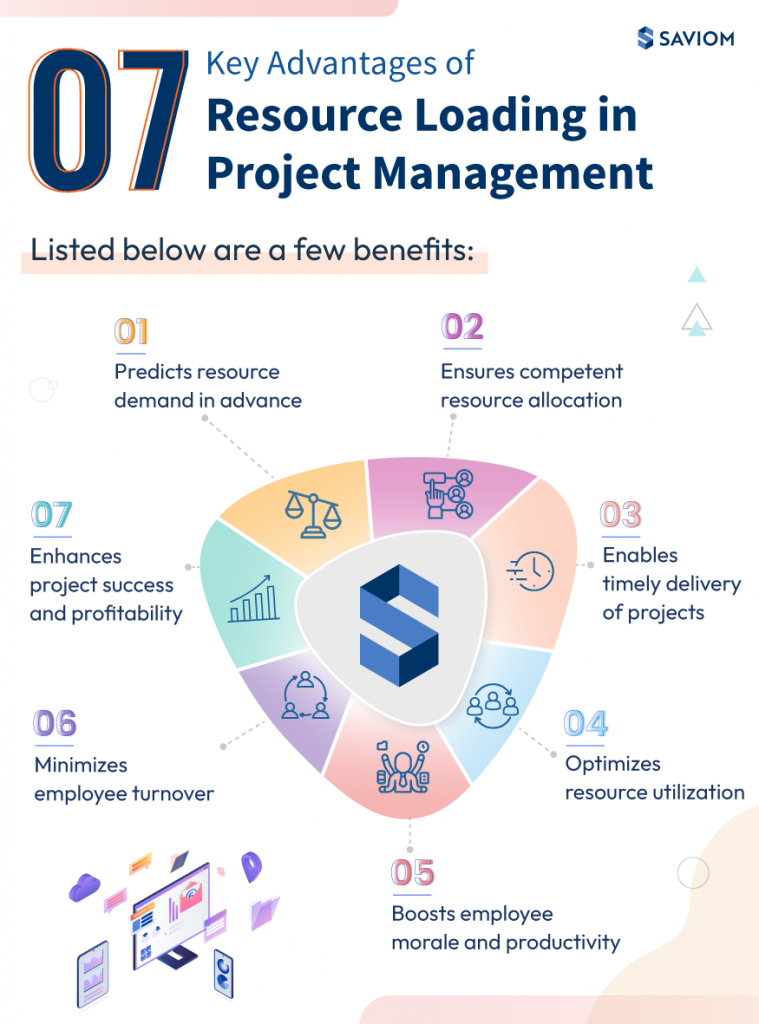We have witnessed a myriad of transformations over the years. From businesses following a matrixed structure to technology and automation reinventing the job market and organizational landscape, it has come a long way. However, as direct as it sounds, these changes take time before getting adapted in a new business model.
Several factors are directly or indirectly impacted while introducing these changes. For example, let’s say you are integrating new resource management software into the tech repository. This software will directly influence the workforce’s productivity (both employees and employers), alter resource managers’ way of working, and indirectly impact the workplace environment and culture.
Thus, to ensure that the transition is seamless, managers first need to develop a framework to assess new way of working. Then, they form an action plan to successfully train and support the workforce to sail through this change. This process led to the importance of developing a change management strategy.
A study reveals that 93% of organizations with excellent change management plan met or exceeded project objectives.
It can bring forth the discipline required to drive shifts and transitions within an organization. This article provides an in-depth explanation of change management, different models adopted by firms, and its impact on project delivery.
What is change management?
Change management is a systematic approach that steers an organizational or project-specific change to fruition.
It is a comprehensive process of forming a framework that makes the leaders, workforce, and teams adapt to the change hassle-free.
The steps start from preparing the organization for change to gradually introducing it and evaluating its impact.
These changes can occur at two levels- organization and project:
Organizational change management
It is a set of processes that regulate new business processes, organizational structure, or cultural changes within an enterprise. Organizational change management is carried out when these changes are going to influence the enterprise as a whole.
For instance, changing the traditional hierarchy method to matrix structure is an organizational change as it will change the functioning of the entire firm. These changes are usually done to align the processes and functions with the strategic objectives.
Project-specific change management
When changes or improvements are introduced at a project level to ensure seamless execution and delivery, it is known as project-specific change management. These changes only affect the project-specific teams and not the organization.
The change management strategy implemented for projects supports the team members to adopt the transitions without affecting the project constraints. For instance, introducing a whole new set of processes to run the project will require the team to be on board, understand and follow the new protocol, and finally deliver value.

Different organizations develop different frameworks to align the change management strategy with their objectives. Here are some prominent models used:
What are the change management models?
The transitions that are reinforced in an organization can either be long-term or short-term. Based on that, there are different models developed to help employees cope with the change. At the same time, organizations can tailor the framework that supports their internal structure, values, etc.
Below is the list of some of the most prevalent models:
The ADKAR model
Prosci founder Jeff Hiatt devised the ADKAR model after he studied the change patterns of over 700 organizations. The acronym ADKAR stands for:
A- Awareness of the need for change
D- Desire to participate and support the change
K- Knowledge of how to drive the change
A- Ability to implement desired skills and behaviors
R- Reinforcement to sustain the change
This model essentially emphasizes the need for personal change before propelling a shift in the organization. It allows change leaders or managers to prepare individuals for the transition and address any roadblocks they face during this course.
The framework begins with creating the need for change amongst the team members and motivating them to build a desire to change. Then, the change leaders provide the right tools and processes to accept the change and finally reinforce the changes with rewards, recognition, etc. All these steps combine to form this simple yet effective model.
Kotter’s 8-step process
Any change or improvement will prove futile and might reflect a counter effect if the employees are not on board with the plan. Keeping that in mind, Dr. Kotter formulated an extensive 8-step process that enables change leaders to persuade their workforce and implement the change successfully.
Following are the steps of Kotter’s model:
- Create a sense of urgency
- Build a guiding coalition
- Form a strategic vision and initiatives
- Enlist a volunteer army
- Enable action by removing barriers
- Generate short-term wins
- Sustain acceleration
- Institute change
Here, the first three steps help you create a climate for change amongst the team, the following three focus on engagement and enabling the organization to implement the change, and the last two allow you to sustain the change.
The Change Curve
It’s a human tendency to get accustomed to a specific process and get into a comfort zone. The moment there is a slight shift, the mind resists following through. Employees at the workplace experience similar emotional turmoil when there is restructuring. Elizabeth Kubler observed these stages of emotions and formed the ‘change curve.’
The change curve outlines the following stages:
- Denial or resistance to the transitions in the status quo
- Once the acceptance is inevitable, individuals exhibit resentment and passive aggression and start rethinking their future with the firm.
- After a certain period, the employees start accepting the changes, understand its value-addition, and how they must adapt to them.
- Finally, the workforce starts embracing the change, and organizations experience growth and profits.
This particular model prepares the change leaders for the negative emotions and gives them leeway to form an action plan to help their workforce sail through these changes unscathed.
Lewin’s Change Management Model
Characterized by a three-step process- unfreeze, change, refreeze; this model was formed based on the analogy of an ice cube. The ideology behind this model is that if you want to alter the shape of the ice, you have to unfreeze or melt the ice, put it in another mold, and refreeze it.
In similar terms, the first step, i.e., unfreeze, implies preparing yourself for the upcoming change, which means breaking down the existing status quo to pave the way for newer processes or methods. After the organization and team members are ready, the next step is to implement the change and experience improvements. The final stage allows you to refreeze, providing you enough leeway to institutionalize and sustain the change.
In a nutshell, the crux of these change management models is to aid the employees, project teams, and organizations accept and implement shifts hassle-free.
Additionally, following a systematic approach offers many benefits, one of which is timely project delivery.
How does change management expedite project delivery?
The strategic approach to facilitating and nurturing change ensures every team member and leader is on the same page and standardizes the process. Moreover, these changes bring improvement in the existing process and practices. These steps enable seamless shift without deviating from the project constraints, thereby ensuring timely delivery of projects.
According to Prosci, 69% of respondents stayed on or ahead of project schedule when they followed an excellent change management strategy.
The following section provides a detailed description of how change management can ascertain the project deadlines are met:
Change management streamlines process improvement
Let’s say you are investing in a new collaboration tool for your project team. Deploying this new tool will alter the way communications and collaboration happen amongst the team members. Lewin’s change management model has explained that individuals first resist any change. Thus, to make this process seamless, following a strategy will enable you to develop the need for a collaboration tool first, create awareness about its benefits, and finally make it a part of your project regime.
As we can see, the definitive framework of change management facilitates a step-by-step or a gradual way to improve the process. Here, two primary goals are achieved, one- we are preparing the team for change rather than giving them a last-minute notice, and at the same time adding a better method to conduct project-team collaboration. When the collaboration between teams is better and faster, exchanging information and necessary documents is effortless, leading to better productivity and minimized schedule overruns.
It enables the workforce to adapt to the change
As mentioned in the previous sections, the core of formulating a change management strategy lies in supporting individuals to understand the rationale behind the change and adapt to it. That’s imperative because if your workforce is not on board with the transitions, it may lead to resentment, disengagement, lowered productivity, and ultimately unplanned attrition. The change management models mentioned above operate on the same ideology.
The primary steps facilitate change leaders to create awareness amongst individuals about the need for a shift, then address their concerns and minimize potential roadblocks during implementation.
Thus, this systematic approach empowers the workforce to face and adopt the changes head-on. When the team members are on the same page as the employers and deploy the changes, it will escalate their engagement and productivity, leading to timely project executions.
Limits variability in project constraints and eliminates bottlenecks
Introducing a new process or an added tool or software to carry out BAU activities can be time-consuming and disturb the project’s progress. Taking the same example of integrating a new collaboration tool- employees will experience the initial discomfort and may take time to get accustomed to the new tool and its’ features. This may deter them from the project’s course, causing delays in meeting deadlines and spilling the overall budget.
A systematic change management process ensures that the integration process is streamlined to keep this predicament in check. For example, it lets the change leaders prepare the individuals to use the new tool before its onset, or the change model is implemented after the project is executed and delivered. Even if, in some cases, the change is integrated during the project, the set roadmap gives a sense of direction, keeping the project constraints in mind. This way, the well-developed strategy limits the variability in project scope, budget, or timeline and minimizes roadblocks.
Mitigates project and resource-related risks
Change management’s purpose or motive is to make things simpler for both employees and the organization. However, if not done the right way, it can put forth specific challenges and risks. First and foremost, if the workforce is in denial to make a shift from the status quo, it will disengage them from work, cause unplanned absences, reduce productivity, and in worse cases, it may lead to unexpected attrition.
This will eventually cause a cascading effect on the project’s progress and performance, risking its viability and success. By helping you build a step-by-step plan, change management prepares you to mitigate project and resource-related risks. Moreover, embedding new processes, tools, practices, or methods help project managers improve their existing system and resolve the previous issue leading to a better quality of deliverables and enhanced client satisfaction.
Change management allows you to freeze the scope.
A project’s scope is often developed with a buffer to accommodate specific changes without derailing the project budget and timeline. Thus, the onus lies on the change control board to examine these ad hoc modifications, their impact on the overall project and only approve the most important and feasible ones.
However, project managers are often daunted with irrational changes from the clients and other stakeholders, making it almost impossible to keep the project constraints on track. This is when the change management strategy comes in handy. It allows managers to freeze the scope. If the buffer is surpassed, the project will go downhill and lead to a massive loss to the firm. Thus, by freezing the scope, the change leaders and project managers can ascertain that the project is delivered successfully.
These are the ways effective change management can expedite project delivery or minimize schedule overruns. The following section highlights some essential principles change leaders should follow while weaving change into the organizational fabric.
How to implement change management?
- The first step while deploying any change is to identify the individuals affected the most by the shift. Then, develop a communication plan to create a sense of urgency, assess and address their resistance points, and provide additional support if needed.
- Document the new roadmap, how the shift will benefit the employees and the organization, and encourage feedback to incorporate any improvements beforehand.
- ‘Lead by example.’ This is often overused but holds in every situation. Advocate for the change you aim to foster and inculcate within the team. Your team looks up to you, so don’t leave a chance to repeat its benefits and how strongly you support it.
- Conduct training, online workshops, webinars, one-on-one feedback, and even online polls to evaluate the stance of your team while providing them with necessary guidance and references.
- Last but not least, gauge the organization’s internal structure, policies, and culture before selecting the suitable change management model for your firm and team.
The Takeaway
The principles, benefits, and significance of change management mentioned above illustrate its instrumental role in enhancing organizational efficiency. In addition, it empowers leaders to address pressing questions like:
Why is there a need for change? What leads to firms upgrading their tech repository periodically? And why do they redefine their policies, values, and structure?
Effective change management lets you address both the technical and people aspect of change efficiently.
In addition, the models that are the pillars of imbibing shifts in an organization help you gain your workforces’ trust and make them confident enough to accept and institutionalize these transitions.
The bottom line is, change is the only constant. One cannot expect a better outcome or improved product without changing its manufacturing process.
Have you implemented any of these change management models yet?
Glossary
SAVIOM Solution
SAVIOM is the market leader in providing an Enterprise Project Resource Management solution. With over 20 years of experience leading the market, Saviom is actively used by over 15 highly-esteemed global companies worldwide. The tools within the suite include project portfolio management, professional service automation, and workforce planning software. It also entails supporting solutions to schedule equipment and assets seamlessly. Re-engineer your project management efficiency with a system shaped around your business!














